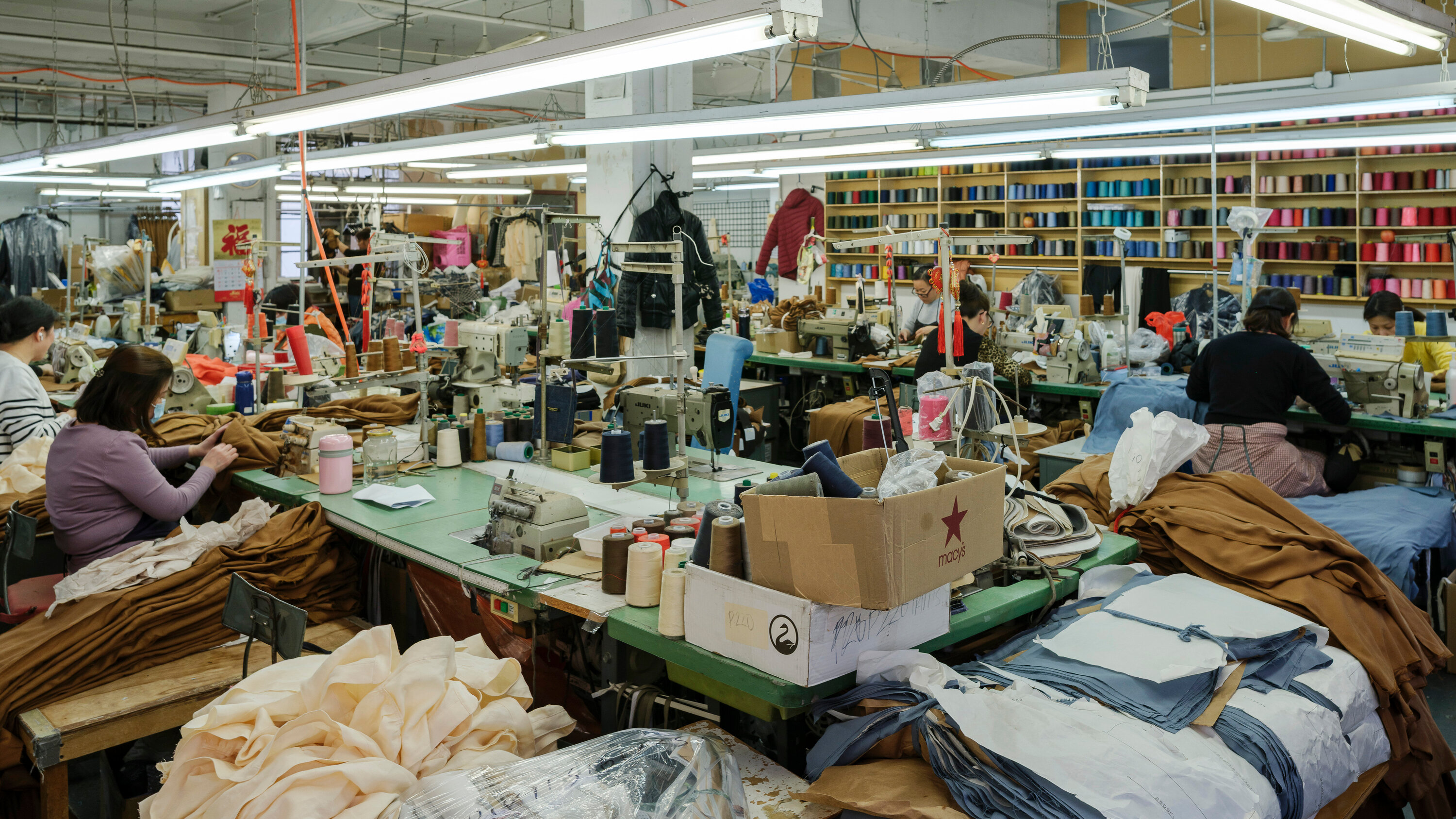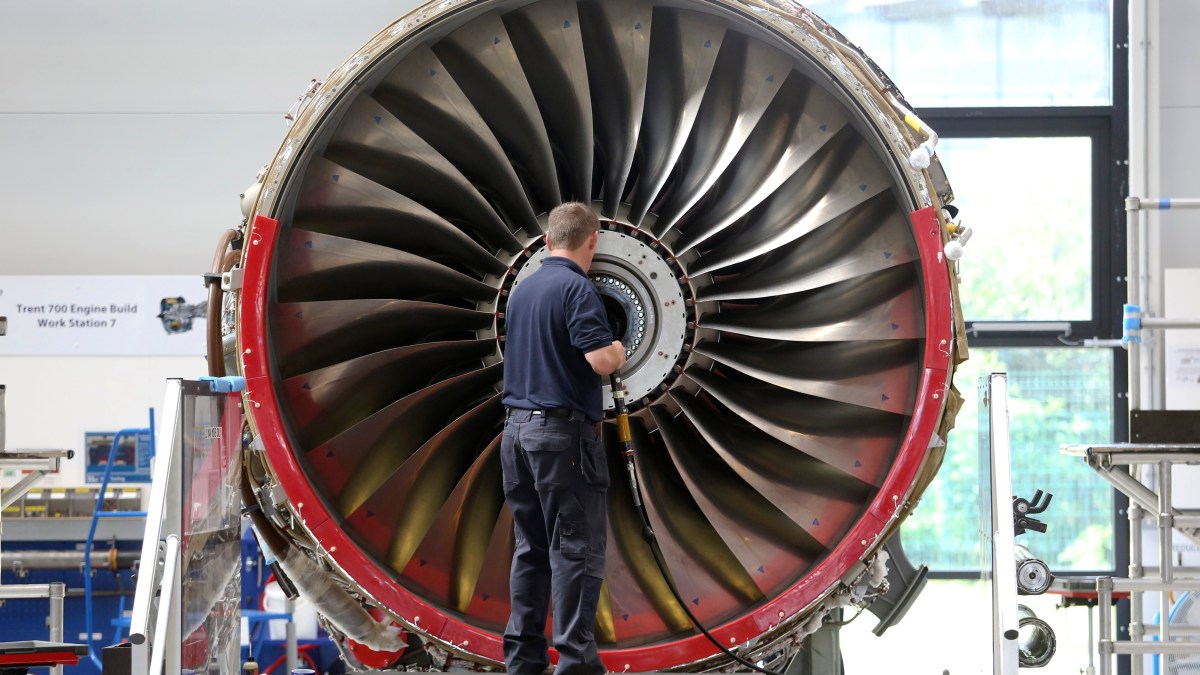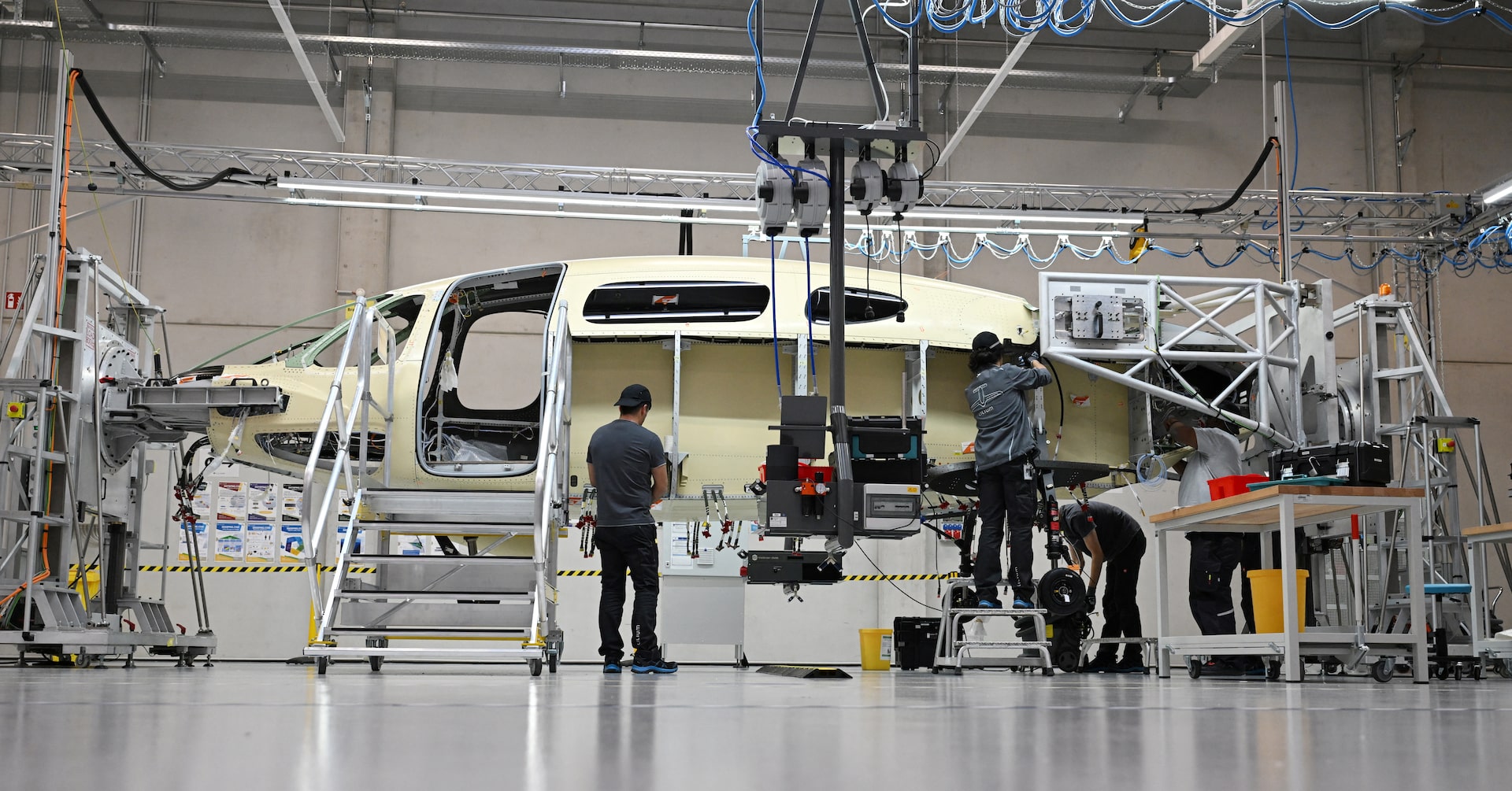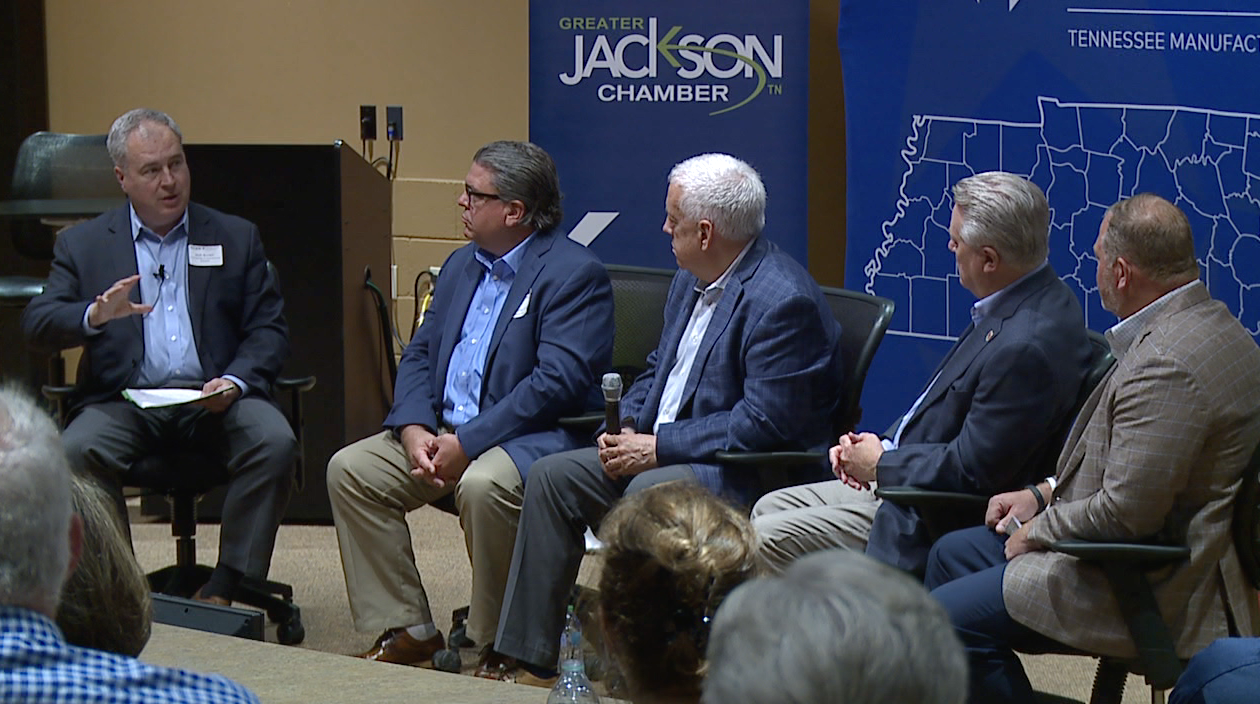Tariff Turmoil: How Unpredictable Trade Policies Are Unraveling U.S. Apparel Manufacturing
Manufacturing
2025-04-10 16:21:38Content

American Clothing Manufacturers Struggle Despite Domestic Production
The U.S. textile and apparel industry is facing a complex challenge that's testing even the most resilient domestic manufacturers. Despite producing clothing within American borders, many companies are finding themselves caught in a challenging economic landscape where imported goods continue to pose significant competitive pressures.
Manufacturers who have committed to keeping production stateside are discovering that protective tariffs and trade policies aren't providing the comprehensive relief they had hoped for. The global marketplace remains intensely competitive, with overseas manufacturers still able to undercut domestic prices through lower labor costs and more flexible production strategies.
While patriotic consumers and government policies aim to support domestic manufacturing, the economic realities are stark. Many American clothing companies are experiencing razor-thin profit margins, struggling to balance the higher costs of domestic production with consumer expectations for affordable fashion.
The situation highlights the ongoing tension between supporting local manufacturing and maintaining economic competitiveness in a globalized fashion industry. Domestic producers are being forced to innovate, streamline operations, and find creative ways to differentiate themselves in an increasingly challenging market.
Unraveling the Threads: American Apparel's Global Trade Conundrum
In the intricate world of global textile manufacturing, American clothing producers find themselves navigating a complex landscape of international trade policies, economic challenges, and competitive pressures that threaten the very fabric of their industry.The Hidden Costs of Global Competition Revealed
The Economic Pressure Cooker of Textile Manufacturing
The American apparel industry stands at a critical crossroads, wrestling with unprecedented challenges that extend far beyond simple manufacturing concerns. Domestic clothing manufacturers are experiencing a perfect storm of economic pressures, where international trade barriers and steep import duties create a suffocating environment for local production. The global marketplace has transformed into a high-stakes battleground where survival requires unprecedented strategic thinking and adaptability. Manufacturers are discovering that traditional approaches to textile production no longer guarantee success. The intricate web of international trade regulations creates a minefield of financial obstacles, forcing companies to reimagine their entire operational strategy. Tariffs and import restrictions have become silent assassins of domestic manufacturing potential, systematically eroding the competitive edge of American clothing producers.The Global Supply Chain Transformation
Modern textile production has evolved into a complex global ecosystem where geographical boundaries blur and economic interdependence becomes increasingly pronounced. American clothing companies find themselves caught in a delicate balance between maintaining domestic production integrity and leveraging international manufacturing capabilities. The economic landscape reveals a stark reality: overseas competitors possess significant advantages that extend beyond mere cost considerations. Advanced manufacturing technologies, streamlined production processes, and flexible supply chain management have positioned international manufacturers as formidable challengers to traditional American textile production models.Navigating Economic Uncertainties
Clothing manufacturers are developing sophisticated strategies to counteract the challenging economic environment. Innovation has become the primary weapon in this economic warfare, with companies investing heavily in technological advancements, sustainable production methods, and unique design capabilities that transcend traditional manufacturing limitations. The current trade dynamics demand unprecedented levels of creativity and resilience. Successful companies are those willing to deconstruct existing business models, embrace technological disruption, and develop agile approaches that can rapidly adapt to changing global economic conditions.The Human Element of Industrial Transformation
Behind every statistical analysis and economic projection are real human stories of workers, entrepreneurs, and communities deeply impacted by these complex trade dynamics. The apparel industry represents more than simple economic transactions; it embodies the collective aspirations of workers seeking meaningful employment and economic stability. American manufacturers are not merely fighting against international competition but are actively reimagining their role in a rapidly evolving global economic landscape. Their struggle represents a microcosm of broader economic challenges facing modern industrial production.Future-Proofing American Textile Production
The path forward requires a holistic approach that combines technological innovation, strategic policy development, and a deep understanding of global economic trends. Successful companies will be those capable of transforming challenges into opportunities, viewing current economic pressures as catalysts for fundamental industrial reinvention. Collaboration between government policymakers, industry leaders, and technological innovators will be crucial in developing sustainable strategies that protect domestic manufacturing while remaining competitive in the global marketplace.RELATED NEWS
Manufacturing

Tariff Tensions Drive Rolls-Royce to Expand US Manufacturing Footprint
2025-03-24 00:01:00
Manufacturing

End of an Era: Alabama Factory Shutters After Nearly Half-Century, 200 Workers Face Uncertain Future
2025-04-14 08:55:57
Manufacturing

Manufacturing Resilience: Euro Zone's Quiet Recovery Signals Economic Turning Point
2025-05-02 08:10:21




.jpg)
